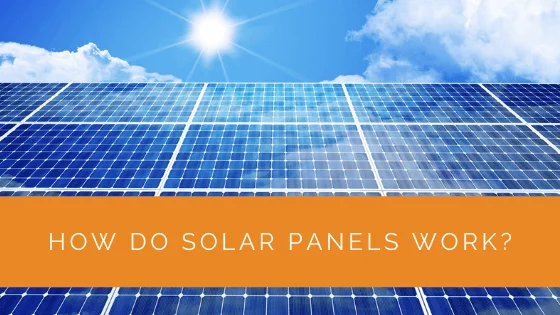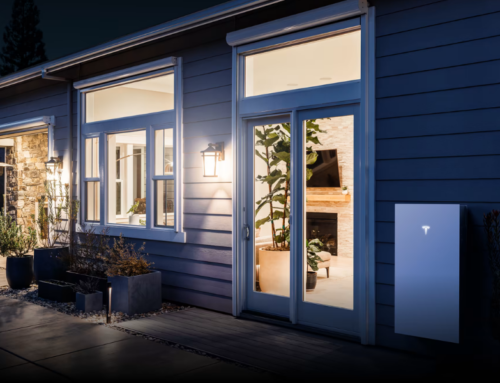Solar panels are helpful pieces of equipment that come along with a variety of advantages ranging from being economical to saving the environment for future generations. If you’re planning to get these solar panels up and running in your home, office, or any other location, it might be worth understanding how they work. Our guide below should give you insights into the fundamentals of how they function.
Solar panels are normally placed on rooftops or in any outdoor space where ample sunlight shines on them. They are primarily created out of photovoltaic cells that convert sunlight into electricity. These photovoltaic cells create an electric or photovoltaic field that comes into play due to opposite charges separating. Usually, these cells are created out of silicon and other materials, which helps them not only create these opposing charges for an electric field but also to generate a direct current (DC) and convert it to an alternating current (AC). This is done by adding a layer of phosphorus to the top of the silicon, which would add a negative charge. The bottom layer, however, contains boron which leads to a positive charge creating an electric field between the layers. Any photon that hits these panels is then taken into this field to further generate electricity.
Behind the scenes:
Residential solar panels are connected to a conductive wire which connects to a solar inverter, and, the AC generated will then be transferred to the breaker box of the property which then allows electricity to be distributed throughout the home.
As these cells react best on a clear and bright sunny day, they’re fully capable of producing energy on cloudy days as well. Likewise, if you’ve got holiday plans and intend on leaving your home, there would likely be a surplus of energy collected as none of it would be used. To combat this, a meter is fitted to measure the flow of electricity to and from your home.
For any other queries you may have, feel free to contact our team so we can guide you in the best way possible.







